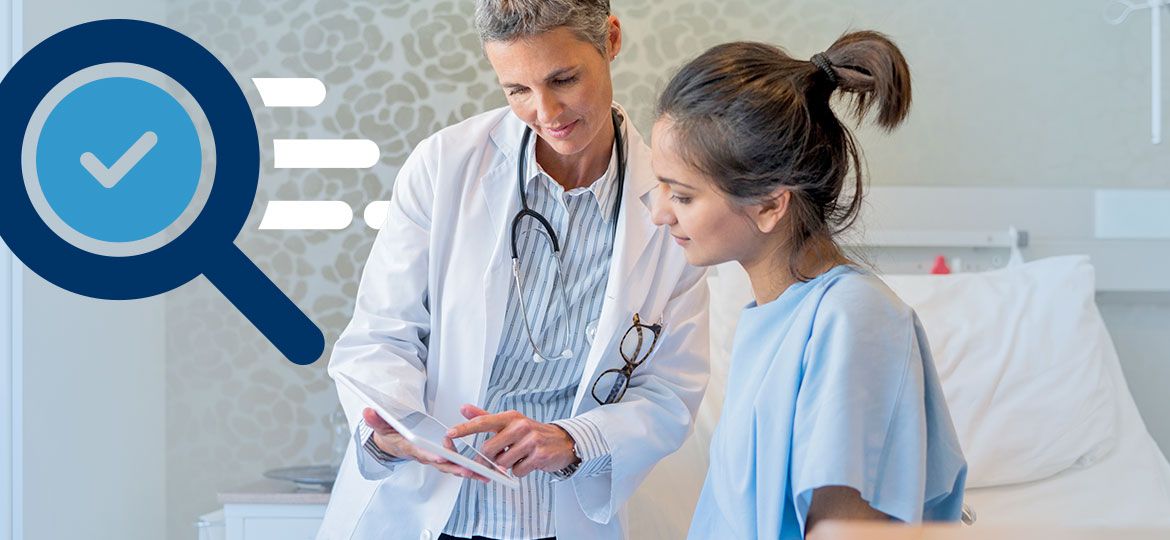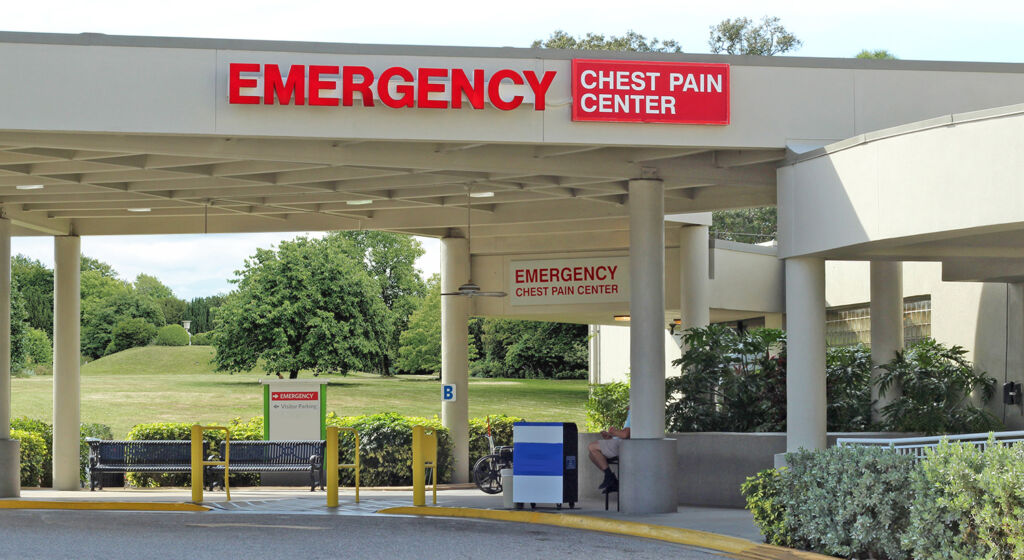
Community hospitals face a unique set of challenges when it comes to delivering high-quality patient care. With limited access to specialists like cardiologists, delayed diagnostic reads can significantly impact patient outcomes. These delays often mean that hospitals must transport patients to larger facilities for timely diagnoses, a costly and inefficient process.
But what if your hospital could avoid these delays and transport costs altogether? Fast, accurate cardiology reads from remote diagnostic services can make a significant difference in the quality of care provided, allowing rural hospitals to retain more patients and offer higher levels of care without expanding staff.
Challenges for Rural Hospitals
Community hospitals often struggle with access to specialized services. With no cardiologist on staff, these hospitals must rely on regional hubs or private practices for diagnostic reads, which often results in delays that jeopardize patient health.

The Impact of Slow Reads on Patient Care
Imagine a patient presenting symptoms of heart failure. Without timely diagnostics, treatment can be delayed, leading to unnecessary complications or worse outcomes. In many cases, patients must be transferred to a larger facility, adding significant costs and stress to both the patient and hospital.
How Fast and Accurate Cardiology Reads Improve Patient Outcomes
Remote diagnostic services provide a solution. With fast reads, hospitals can catch life-threatening conditions sooner and initiate treatment faster. This not only improves patient outcomes but also enhances hospital efficiency by reducing the need for transfers and keeping patients in-house.
Technology That Supports Community Hospitals
Remote diagnostic solutions are designed for easy integration with existing systems like PACS (Picture Archiving and Communication System). This ensures that hospitals can adopt the technology seamlessly, without a major overhaul of their current infrastructure.
Summary
Community hospitals can dramatically improve patient care by leveraging fast, accurate cardiology reads from remote diagnostic services. With easier integration and quicker diagnosis, your hospital can reduce patient transport costs, retain more patients, and offer the best possible care.

